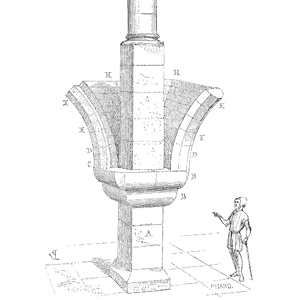
Reliability Planning and Maturity
Abstract
Carl and Fred discussing the importance of considering the capability of a company from a reliability point of view and developing the tasks in a reliability plan.
Key Points
Join Carl and Fred as they discuss the relationship between reliability plans and the reliability maturity of the organization.
Topics include:
- Aligning the tasks in a reliability plan to the corresponding reliability maturity matrix
- Separating reliability plan tasks into year one, year two, etc.
- Reliability tasks must align to the capability of the organization
- What detail is appropriate for a reliability plan task?
- How and when to introduce advance reliability tools into your organization
- Role of a “champion” in reliability implementation
- Use the results of maturity assessment to inform the reliability plan
Enjoy an episode of Speaking of Reliability. Where you can join friends as they discuss reliability topics. Join us as we discuss topics ranging from design for reliability techniques, to field data analysis approaches.


 Ask a question or send along a comment.
Please login to view and use the contact form.
Ask a question or send along a comment.
Please login to view and use the contact form.
I do have a comment: how do we develop this maturity matrix when a project is only 9-12months of development and after that you move on to a new one?
Also, for each development stage, you pretty much apply same rel plan for at least the last 3 stages… just wondering
Thank you
Hi Daniela,
Great question, as many organizations have short to moderate duration projects that are constantly changing.
I would suggest applying the reliability maturity assessment to the organization that implements the projects, not limiting it to the individual projects.
For example, if Project Widget is a one-year development of a revised widget, what is the organizational capability from a requirements point of view, from an engineering point of view, from a management point of view? What stages of the reliability maturity matrix apply to the organization? You are assessing the maturity at a given time. The ability of the organization to develop the next project in a future year can also be assessed as to reliability maturity.
Each of the reliability maturity matrix lines can be assessed at a given point in time. The question becomes what is the reliability maturity and is it improving over time?
Regarding your comment that “for each development stage, you pretty much apply same rel plan for at least the last 3 stages,” I suggest that reliability plans are different for each project and depend on the reliability vision and the gap assessment for that project. I do not see the reliability plan being the same. Possibly, I am missing your point, and would be glad to comment further, if you care to clarify.
Feel free to ask any follow-up questions.
Thanks.
Carl